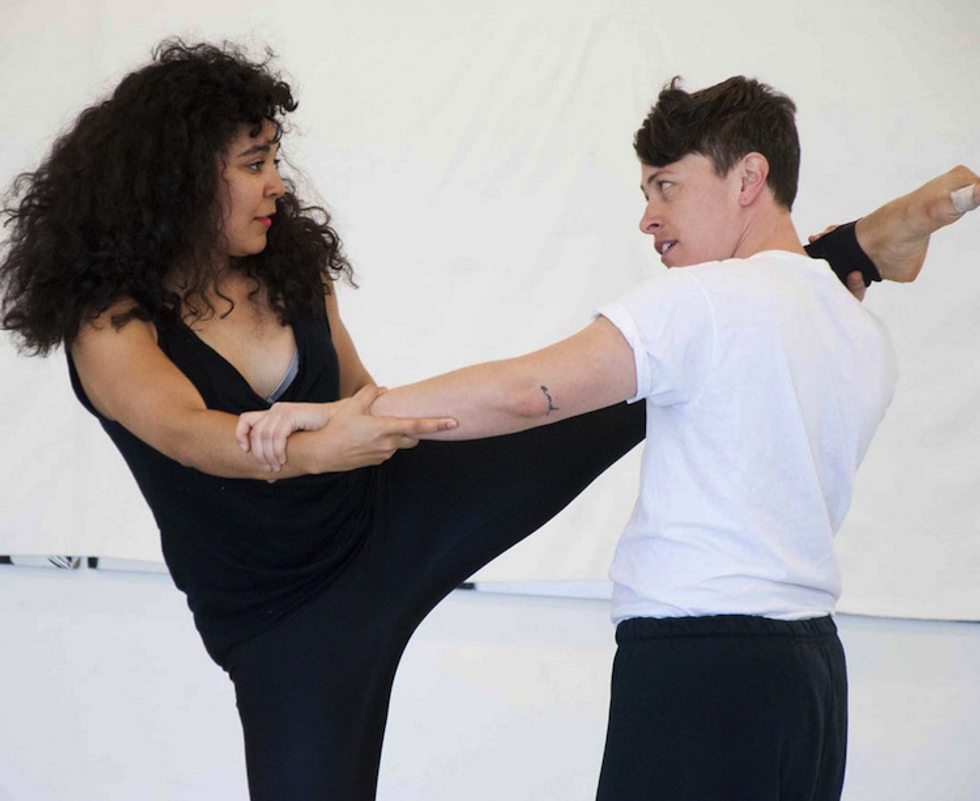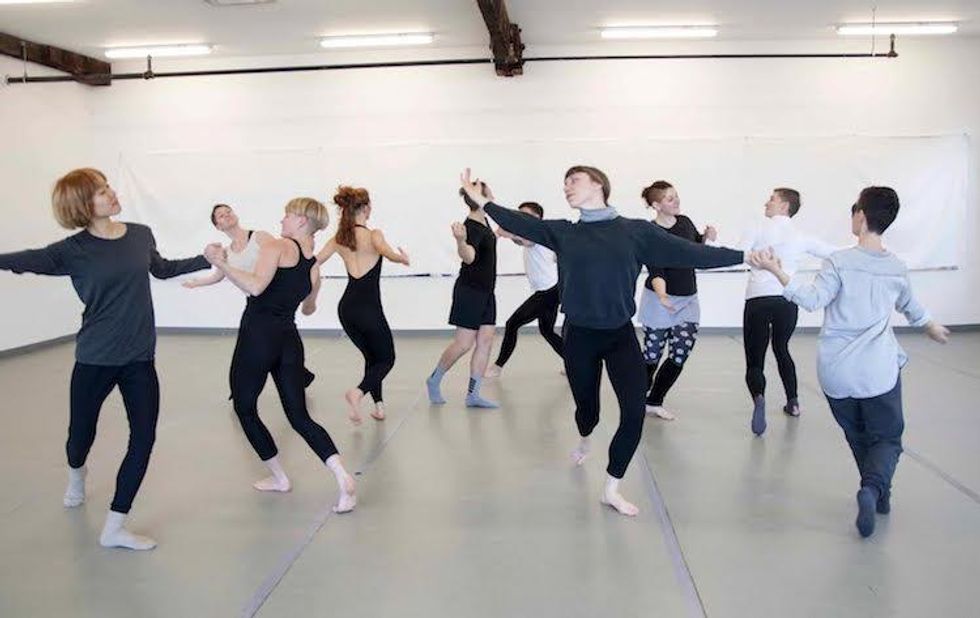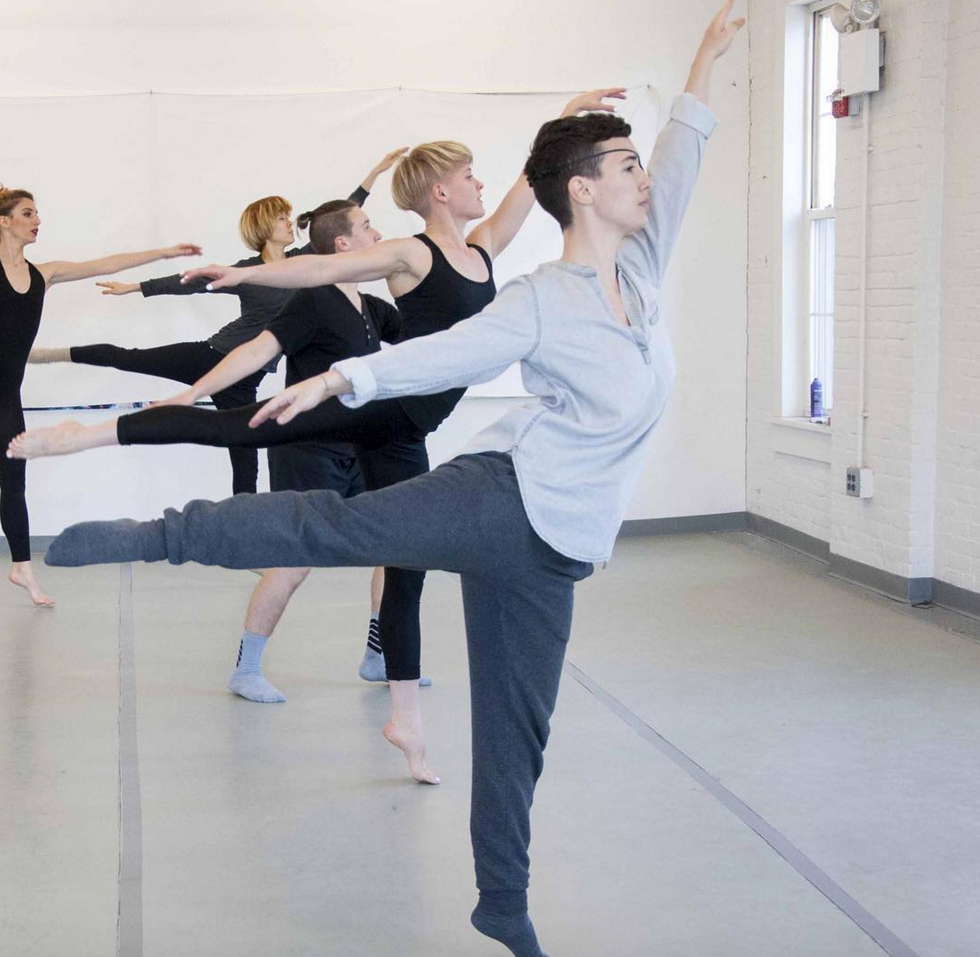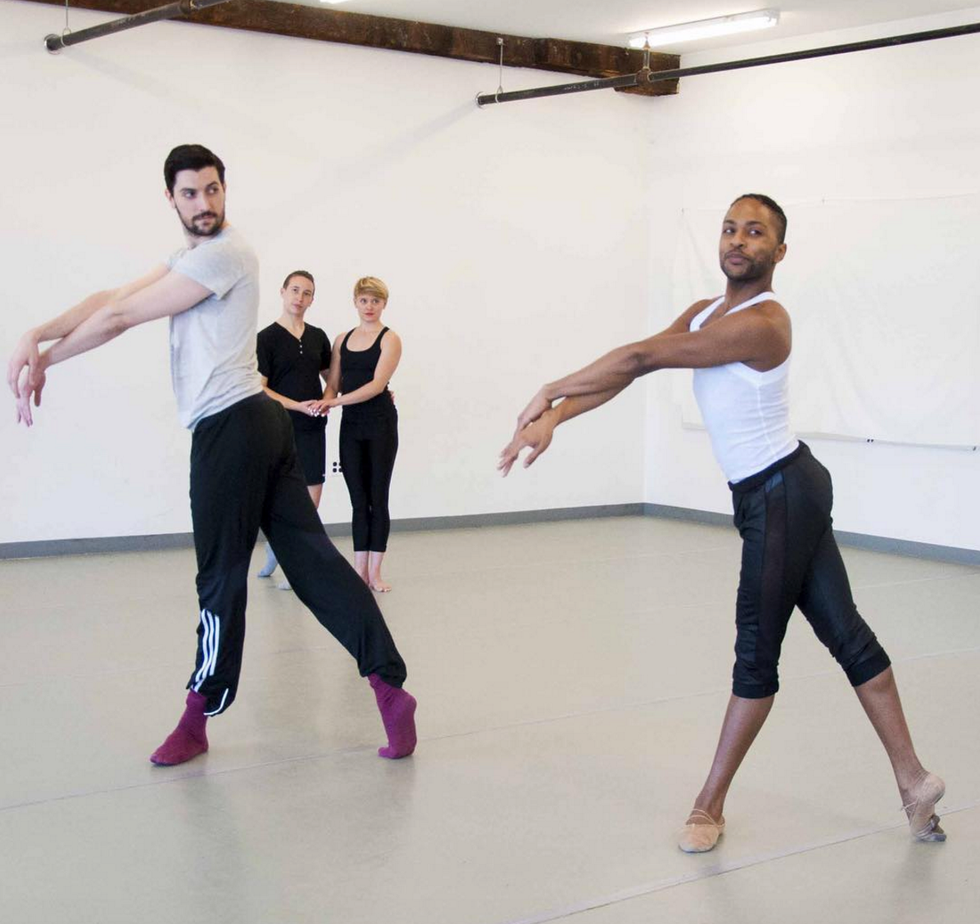Photo: Jude and Conner in The Fosters (ABC Family)
Sometime during the first season of Faking It (you know, MTV’s progressive take on sexuality and teen angst), out and proud school luminary Shane Harvey (Michael J. Willet) reveals that he came out of the closet in fourth grade, and after that, “everything became easier.”
Shane is one of many LGBT characters in current film and television whose take on their sexuality is open and confident; they don’t let it define their identity. However, I cannot help but to wonder what fourth-grade Shane’s coming-out story would have looked like. And whether it would be important to see it in order to understand him better.
I spend a lot of time around people who consume LGBT media regularly. And I’ve come across a very interesting recurring argument: that we are past coming-out stories. For the longest time, coming out was the expected and often only plotline for LGBT characters, and their sexual orientation was the extent of their dimension. Coming out has become a cliché. And soon these narratives will cease to exist.
I don’t know if this is true or not, but both as someone who aspires to tell stories for a living and as part of the LGBT population, I certainly hope it’s not.
Don’t get me wrong. I am ecstatic to be able to live at a time when characters certainly don’t need a coming-out story in order to be interesting, realistic people. Sexual orientation doesn’t and shouldn’t define a character’s identity. But it does shape the way they look at life.
As audience members we project ourselves all the time into the characters we see when they fall in love, suffer a loss, or accomplish a goal. Inevitably, as LGBT, we see ourselves in them when they come out, as well. Seeing these stories safely on-screen can give a glimpse and prepare us to what’s to come, and evoke memories after it already happened. I knew there was a part of me in Kurt Hummel (Chris Colfer) when he came out to his father early in the run of Glee, way before I did it myself. And now that I went through it and look back, I see myself even more in that moment.
Coming out is a landmark moment in any LGBT person’s life. For many, it’s probably the most important one. It’s the moment you decide to live in truth with yourself, when you realize who your true loved ones are, when your core beliefs are reinforced. A positive coming-out experience makes as much of an impact as a negative one, and it certainly frames the way you carry yourself from then on.
Just as coming out shapes an individual’s experience in real life, it should shape a fictional character in the same way. Seeing them go through (or sometimes just talk about) this process would shed light on a turning point in their lives and would help us understand them much better. We are constantly asking for accurate, diverse, and multidimensional portrayals of LGBT people in film and television. If done right, coming-out narratives don’t simplify us; on the contrary, they make us more complex by showing how a single event affected every other area.
If acceptance keeps going up with the same fast pace it has, coming out will naturally become less and less the norm. But there will always be people who will need to do it anyway. And these people need to see themselves reflected on their screens. It may be the final push they need.
For questioning people, or people who are too scared to come out or don’t know how to approach it (and there are many; I was once one of them), watching an LGBT character live their life openly without any mention on how they got there can perhaps have the same alienating effect as watching one who doesn’t come out at all. It’s important for people having difficulties with coming out to see other people go through the process and, hopefully, get to the other side safely. I don’t know how much longer it would have taken me to come out if I hadn’t seen Justin Suarez (Mark Indelicato) come out to his Mexican family in Ugly Betty. Yeah, I loved Marc St. James (Michael Urie) as much as the next guy, but he was already there. And even he got a late-in-life coming-out to his mother. That was a good show.
As society evolves, the way we tell coming-out stories will have to shift as well. And it already has. We can no longer do the very special episodes. We are certainly past that.
Kids will come out at younger ages; The Fosters recently made history by showing the youngest LGBT kids on television. Coming out is many times not a part of a character’s present but of their past; Orange Is the New Black keeps showing new sides of its characters through flashbacks. Sometimes, the repercussions of coming out are seen in simple relationships and conversations; Looking had a standout episode last season in which Patrick’s (Jonathan Groff) sister’s resentment over his being gay resurges during a zoo visit.
Let’s not stop. Let’s keep those characters coming out. Let’s keep the narrative alive. It’s important.
What I’m saying is all I really want is a fourth-grade Shane Harvey coming-out flashback. How adorable would that be?


































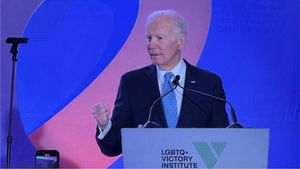
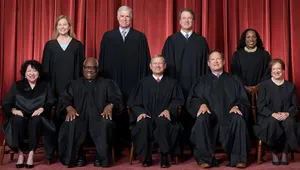




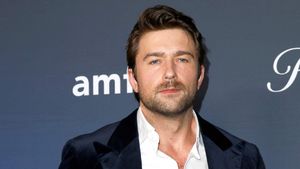





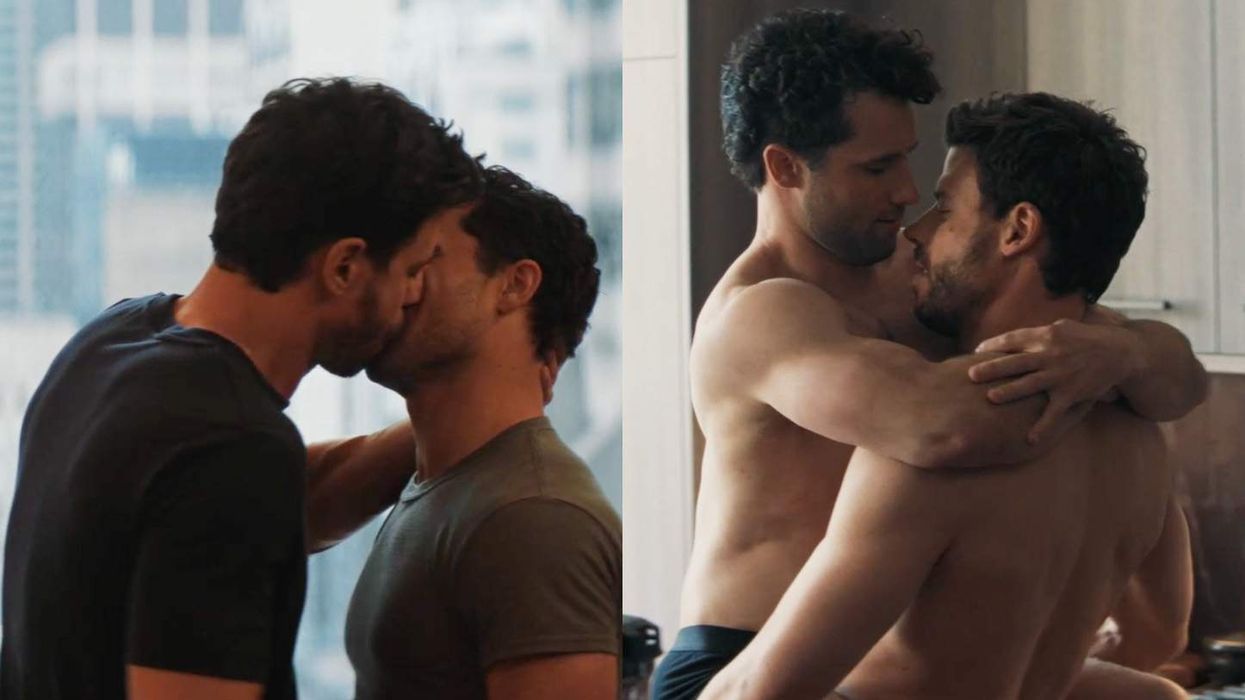
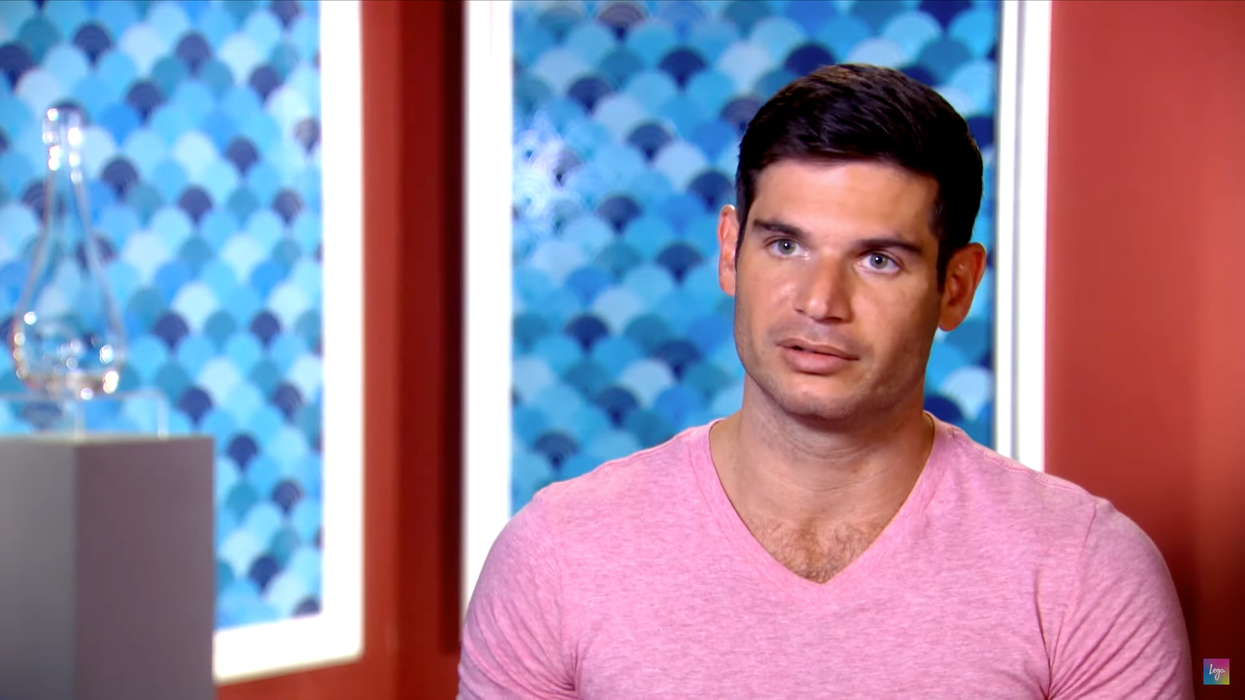
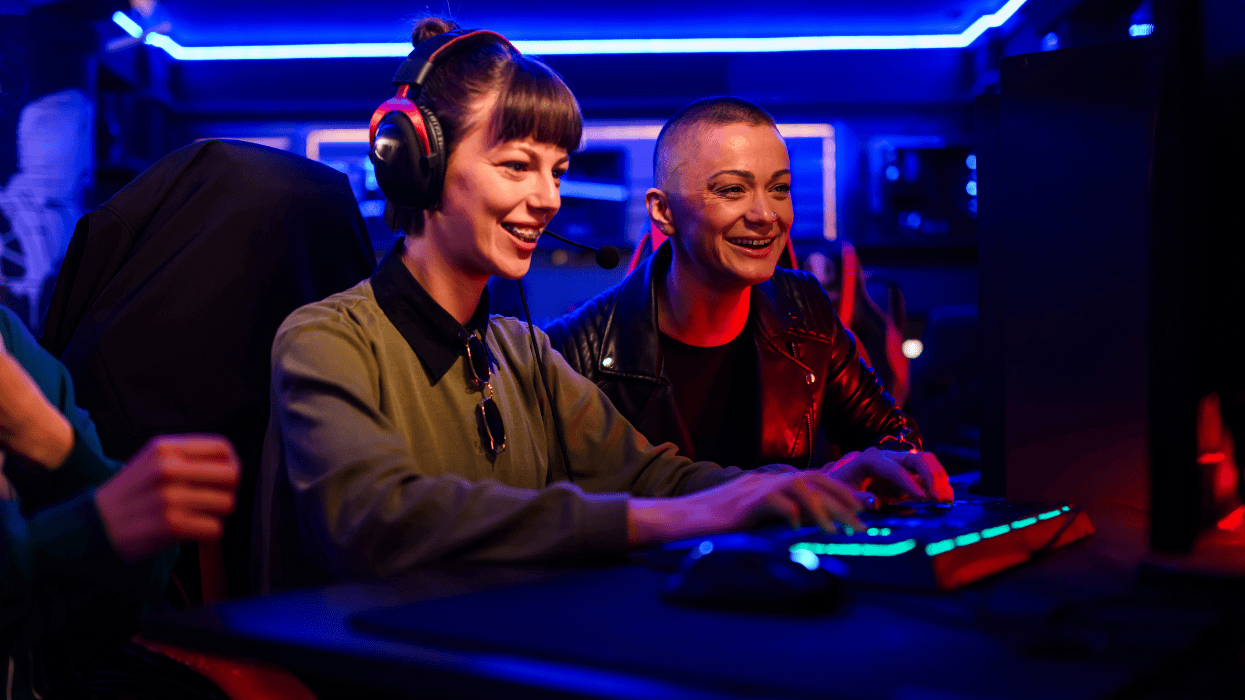
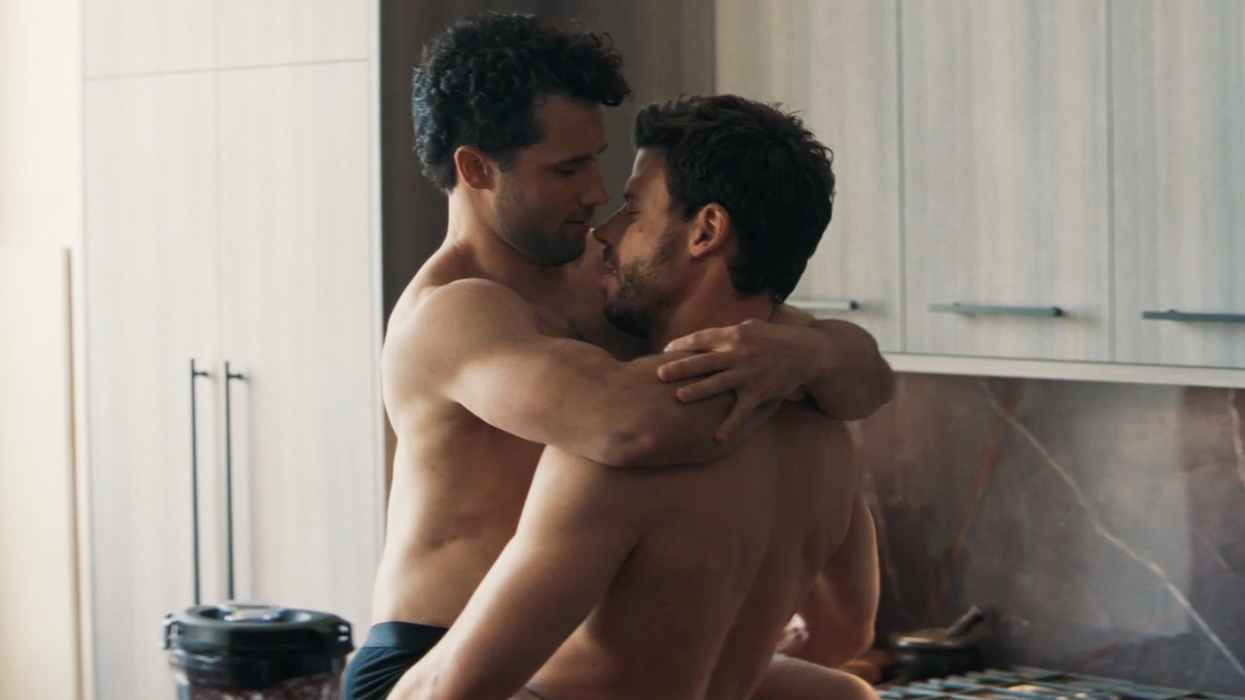




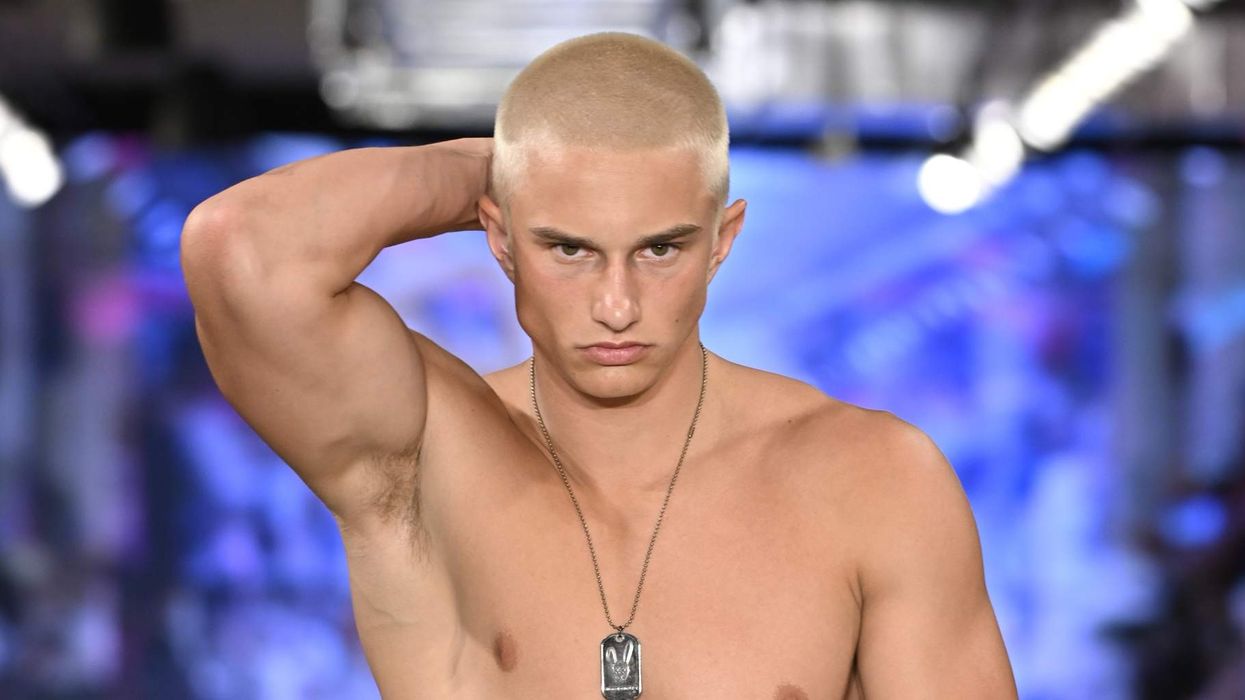
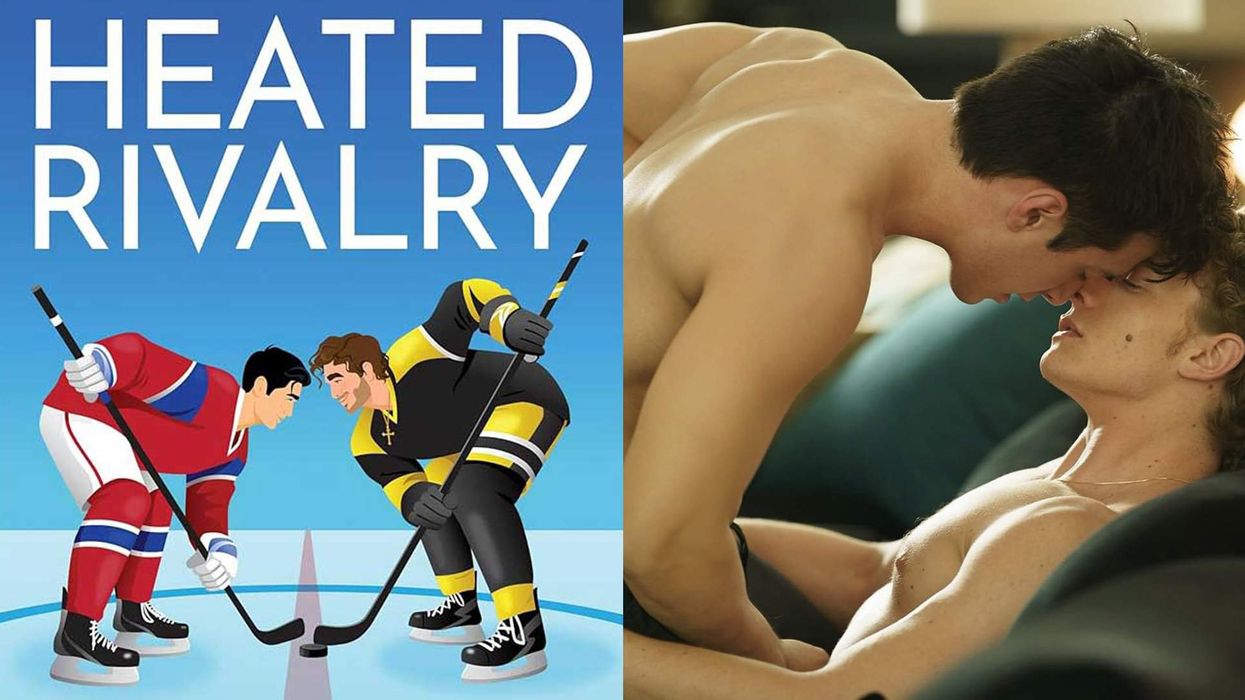

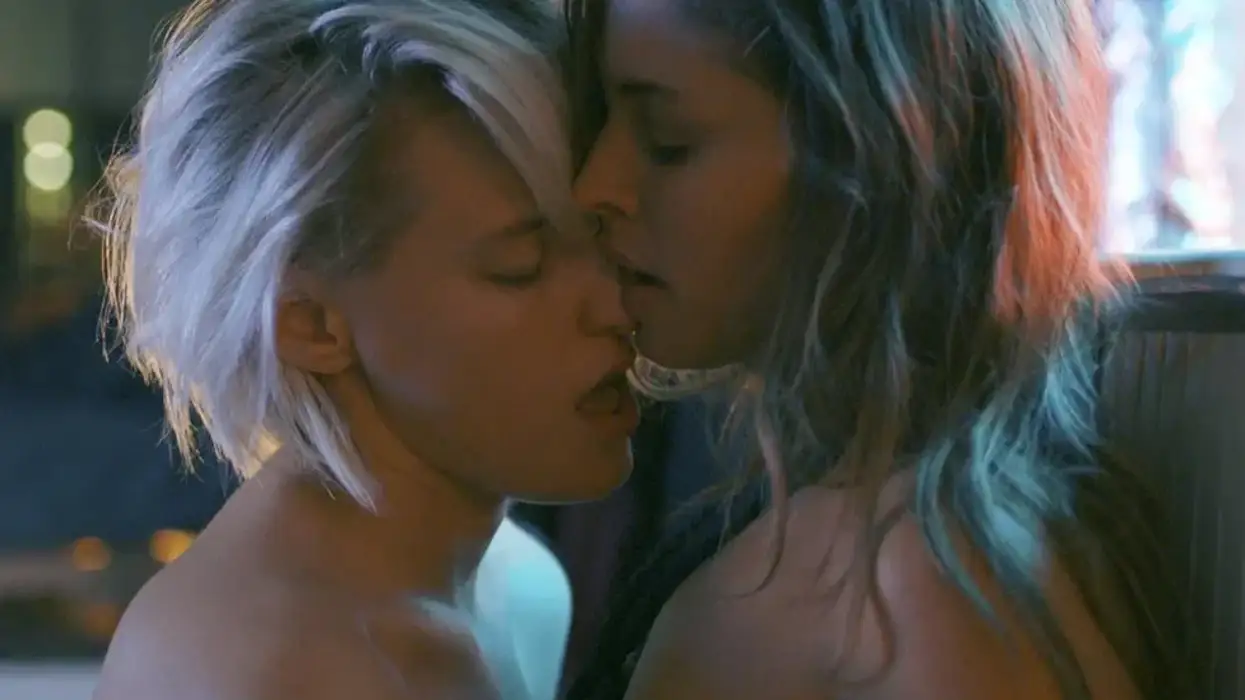

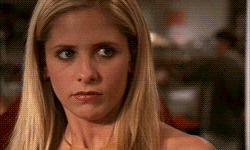
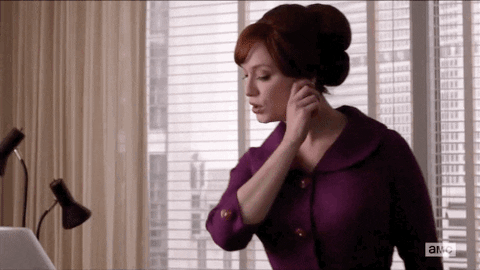
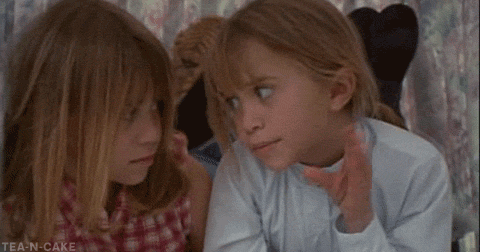

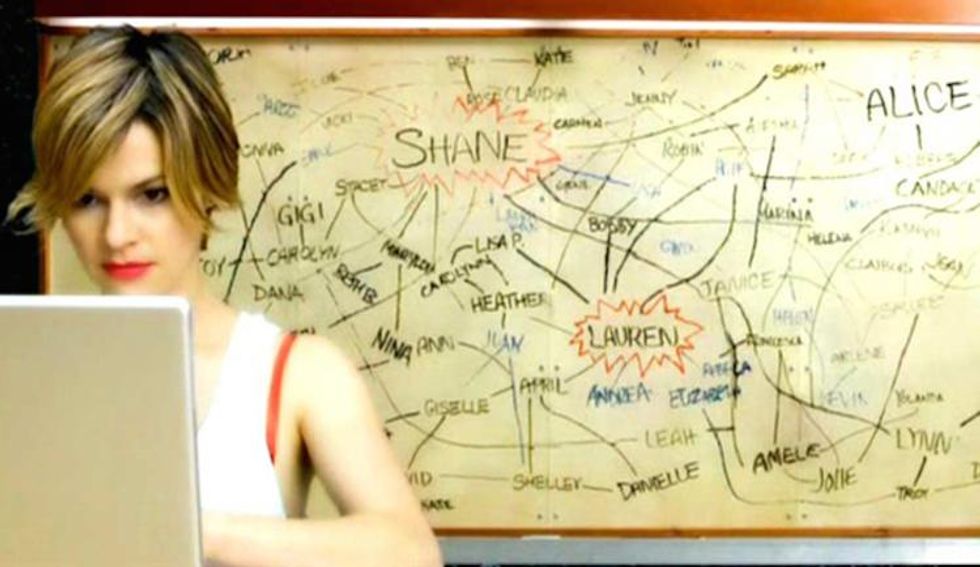 But, even keep-a-cardboard-cutout-of-my-ex-gilfriend-next-to-a-creepy-shrine-Alice wasn’t neurotic enough to chart the sexual escapades of queer women in early twentieth century Europe, so instead the responsibility has fallen on my lit-gossip-obsessed shoulders. And I have to say, Alice was totally missing out.
But, even keep-a-cardboard-cutout-of-my-ex-gilfriend-next-to-a-creepy-shrine-Alice wasn’t neurotic enough to chart the sexual escapades of queer women in early twentieth century Europe, so instead the responsibility has fallen on my lit-gossip-obsessed shoulders. And I have to say, Alice was totally missing out.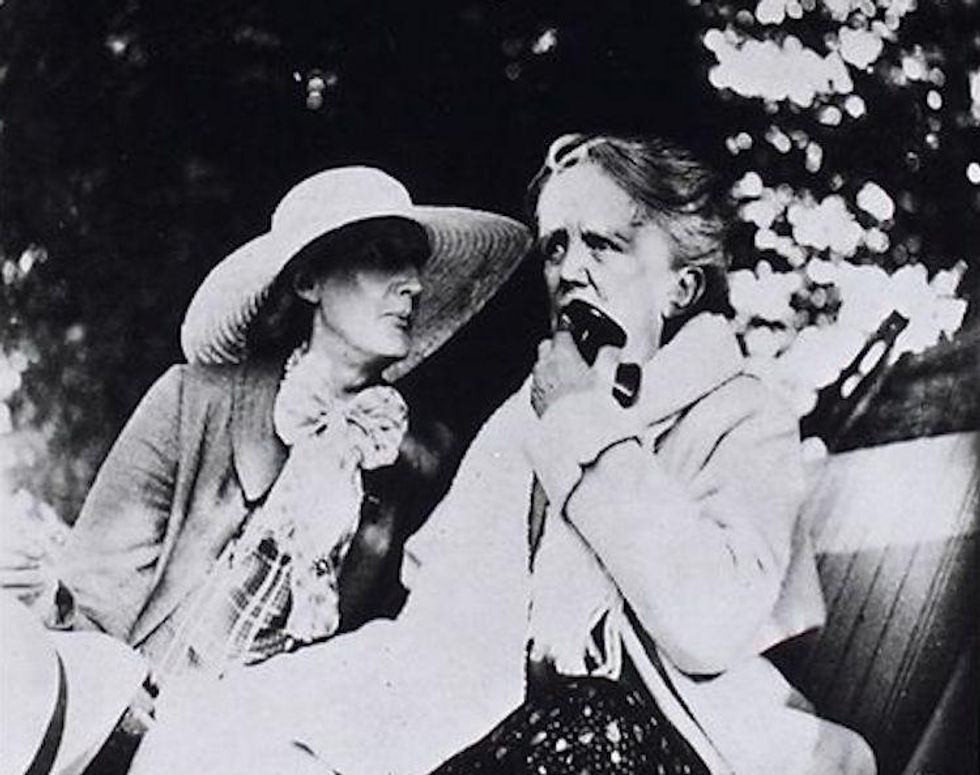 Woolf and Ethel Smyth, Henry W. and Albert A. Berg Collection, The New York Public Library.
Woolf and Ethel Smyth, Henry W. and Albert A. Berg Collection, The New York Public Library.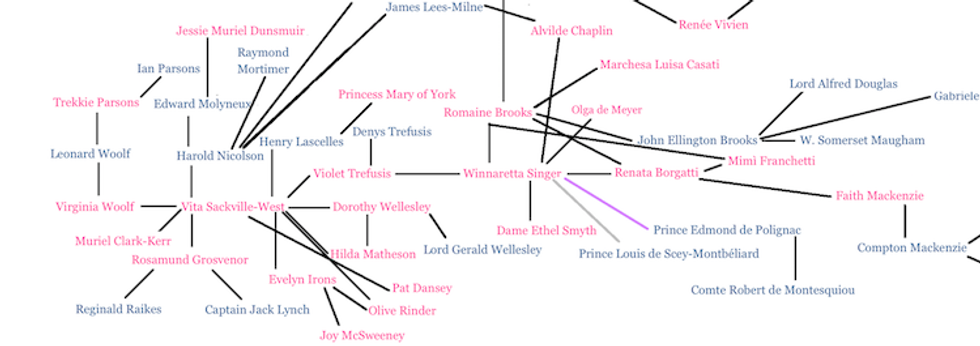 We choose who we sleep with, but we don’t always choose whether or not we’re connected to people. Woolf and Smyth are connected, just not in the way Smyth would’ve liked. Here’s the breakdown of Virginia Woolf’s connection to Ethel Smyth:
We choose who we sleep with, but we don’t always choose whether or not we’re connected to people. Woolf and Smyth are connected, just not in the way Smyth would’ve liked. Here’s the breakdown of Virginia Woolf’s connection to Ethel Smyth:
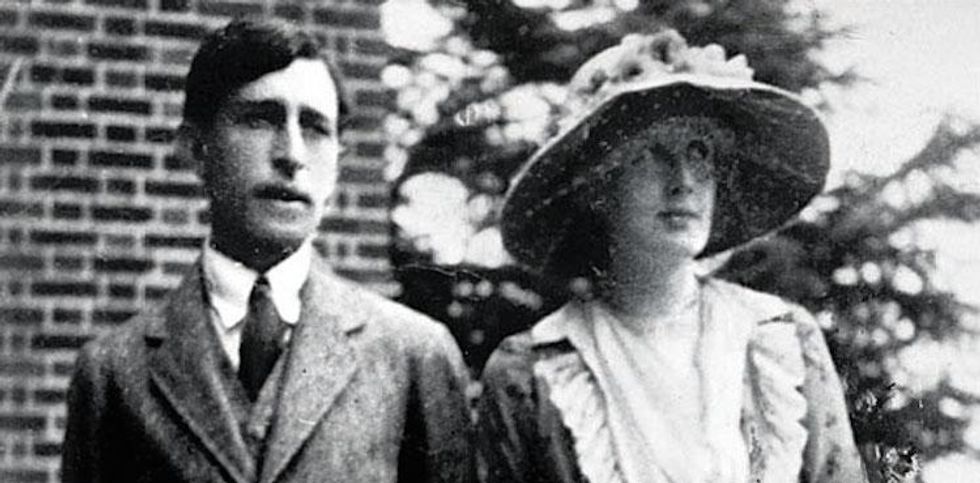 Leonard and Virginia Woolf during their engagement c. 1912.
Leonard and Virginia Woolf during their engagement c. 1912. 
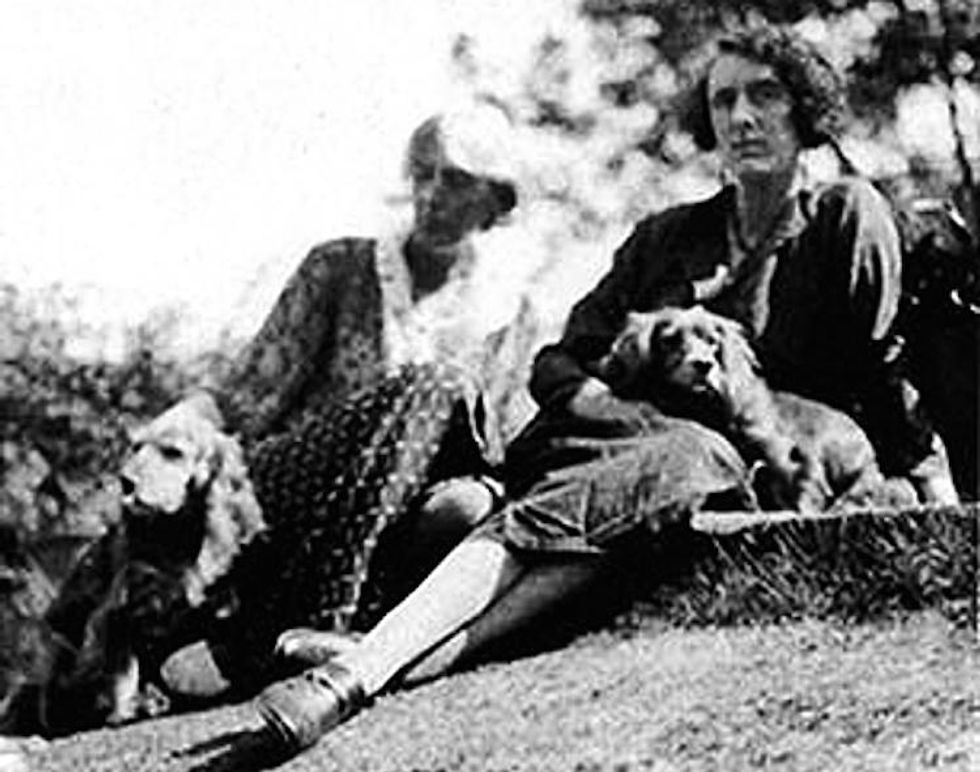 Virginia and Vita at Monk's House, 1933, photographed by Leonard Woolf.
Virginia and Vita at Monk's House, 1933, photographed by Leonard Woolf.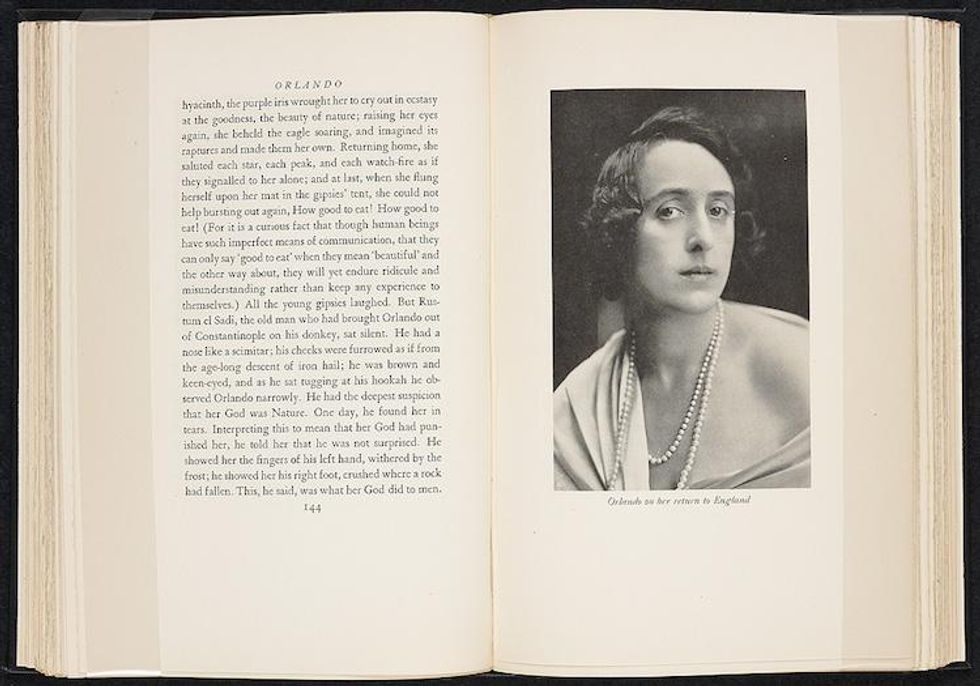 Orlando: A Biography. New York: Crosby Gaige, 1928. Vita Sackville-West pictured as Orlando.
Orlando: A Biography. New York: Crosby Gaige, 1928. Vita Sackville-West pictured as Orlando.
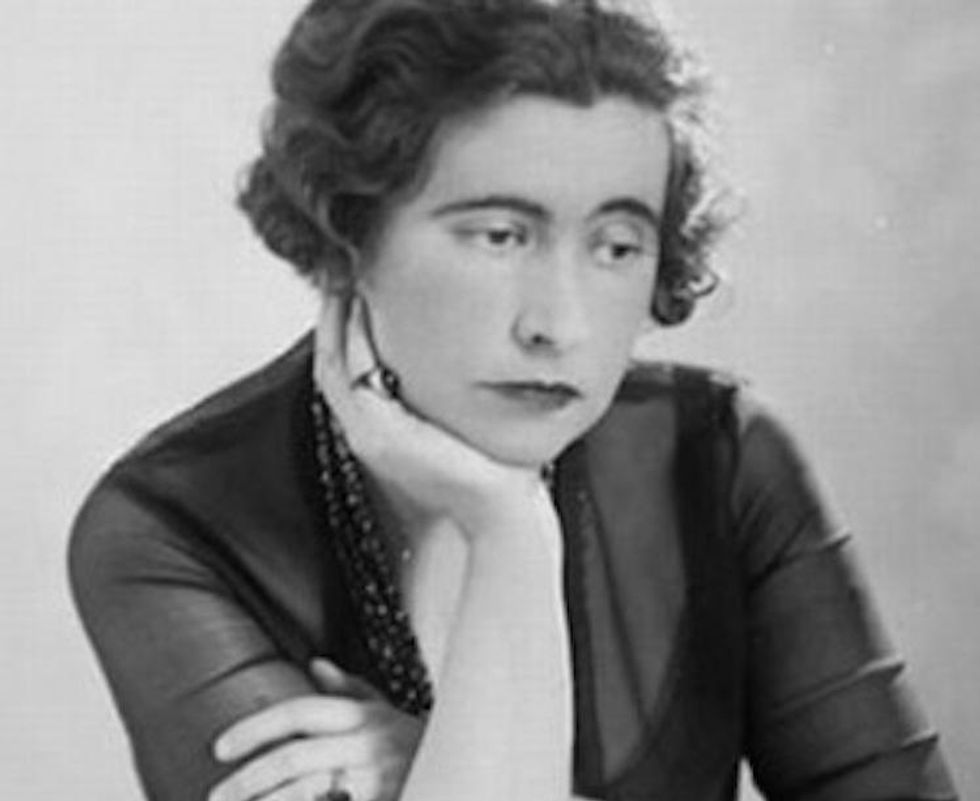 Violet Trefusis c. 1920.
Violet Trefusis c. 1920. While Violet’s relationship with Vita was probably the most formative relationship of her life, she also had a relationship with Winnaretta Singer—musical patron, heiress to the Singer sewing machine fortune, and Princess Edmond de Polignac—from 1923 to 1933.
While Violet’s relationship with Vita was probably the most formative relationship of her life, she also had a relationship with Winnaretta Singer—musical patron, heiress to the Singer sewing machine fortune, and Princess Edmond de Polignac—from 1923 to 1933.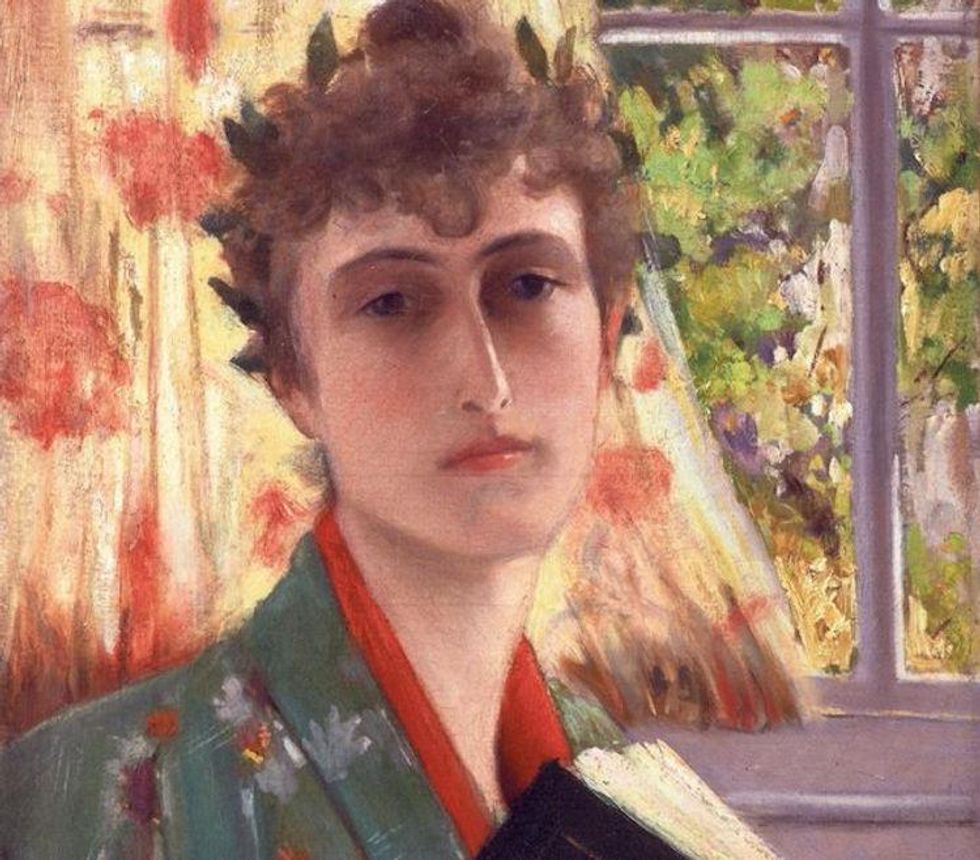 Winnaretta Singer via Foundation Singer-Polignac.
Winnaretta Singer via Foundation Singer-Polignac.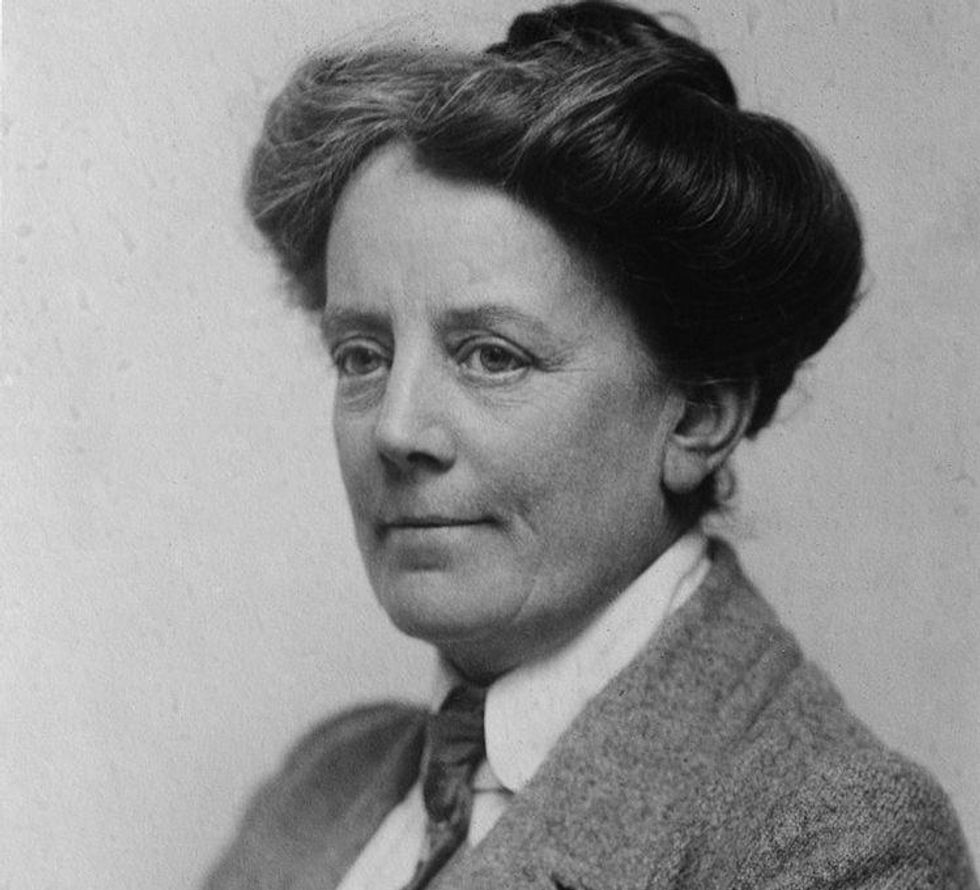 Ethel Smyth from the United States Library of Congress Prints and Photographs.
Ethel Smyth from the United States Library of Congress Prints and Photographs.

